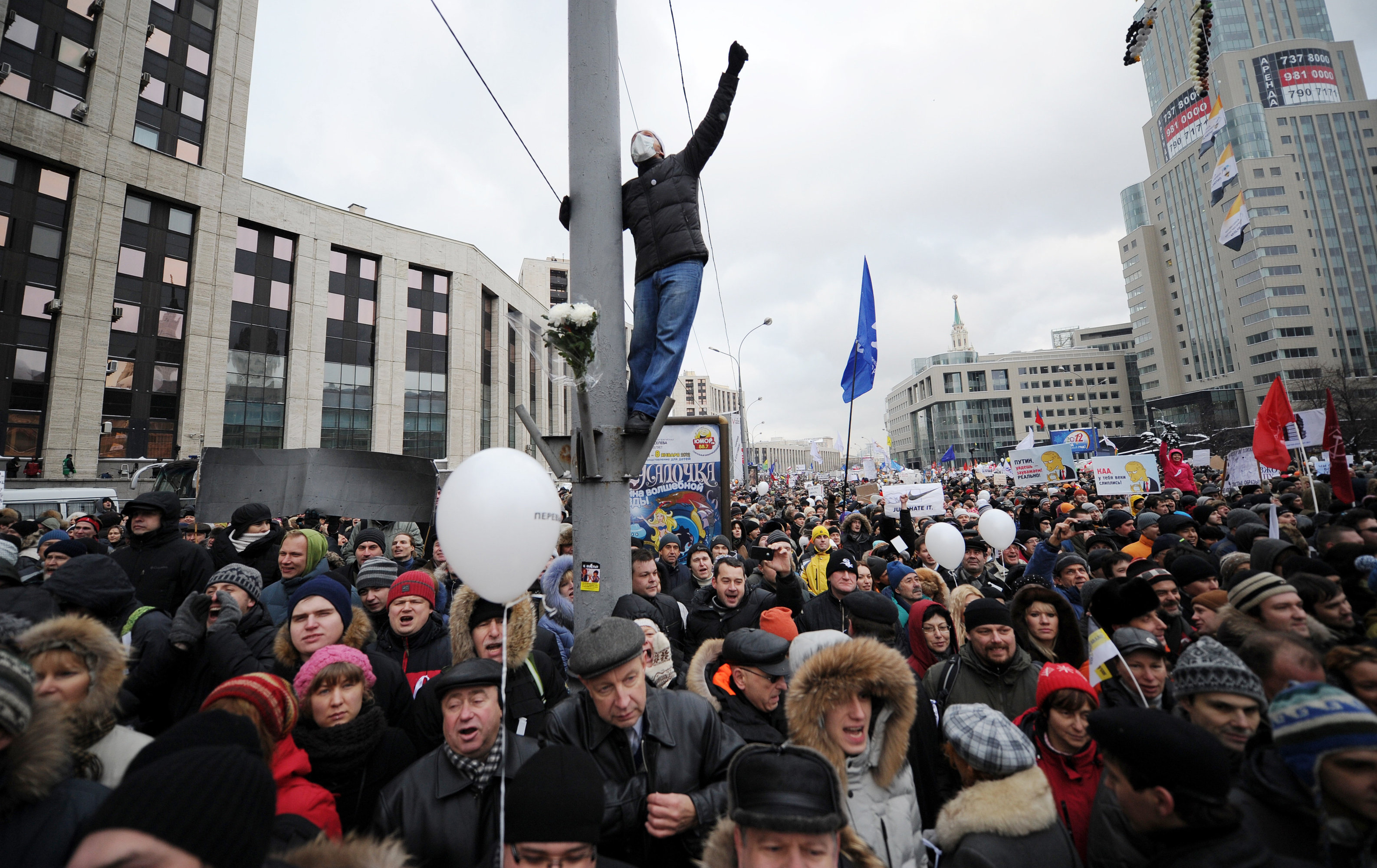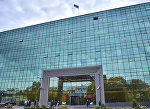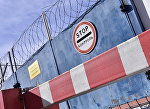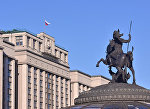As Moscow braces for Saturday’s March of Millions, the latest in a series of mass opposition protests that have taken Russia by storm over the past six months, RAPSI would like to take a look back at the roots and development of the opposition’s quest toward reforms.
On the evening of December 4, in the early evening of an Election Day already teeming with allegations of fraud, several dozen protesters took to the streets of Central Moscow chanting “Shame!” as they tossed about opposition leaflets. As 50,000 police officers were on duty in Moscow for Election Day, the unsanctioned protest was soon quashed. As the rally gathered heat, approximately 300 protesters ramshackle poured into Triumfalnaya Square. About a third of those were arrested. No one could have foreseen at the time that this would be the first of a series of massive opposition protests.
December: Marred Duma elections give rise to mass protests
The ramshackle election night mob was followed the next evening by a much larger, better organized, but still unsanctioned protest. By RIA Novosti’s estimates, 6,000 protesters stormed Central Moscow. At about 300 protesters were arrested that evening, including one of the opposition leaders Ily Yashin and famed anti-corruption whistleblower turned opposition activist Alexei Navalny.
The following evening, on December 6, the movement carried on in the absence of Yashin and Navalny, who were still behind bars. That night upwards of 1,000 protesters gathered and for the second night in a row, approximately 300 arrests were made. Opposition leaders Boris Nemtsov and Sergei Mitrokhin were among those arrested that evening.
While the protester turnout in the nights following the elections was sufficiently impressive, it paled in comparison to what lay ahead.
On December 10, tens of thousands of protesters gathered in Bolotnaya Square, chanting “Give us back our elections!” Organizers estimate a turnout of approximately 40,000, while police estimate about 25,000. This divergence in estimates has remained a consistent feature of the opposition protests.
On December 24, the For Fair Elections rally drew a crowd of approximately 30,000 according to police estimates, and several times that according to the estimates of organizers and RIA Novosti correspondents on the scene. Numerous speakers took the stage, and the protesters in attendance voted to adopt a resolution demanding (in part) a recall of the Duma elections, a relaxation of party registration policies such as to allow all opposition parties to nominate candidates, the immediate release of all those detained during the month’s earlier protests, the resignation of Central Election Commission Chairman Vlakimir Churov, and the prosecution of anyone who had carried out violations on parliamentary Election Day.
February: Tensions rise
On February 4, despite a literally Arctic cold front, hundreds of thousands gathered in two different locations in Moscow in order to contrasting collective opinions on the state of Russian democracy.
Opposition activists gathered for a march to Bolotnaya Square, which by that point had become synonymous with the protest movement. At the same time pro-Putin activists filed into Luzhniki Stadium to express its disdain for the opposition.
Police estimates pegged Bolotnaya attendance at between 34,000 and 36,000, and Luzhniki attendance at upwards of 140,000. Opposition organizers estimated a turnout of approximately 120,000 at Bolotnaya, and alleged that many of those in attendance at Luzhniki were state employees whose attendance had been mandated.
Several weeks later on the 26th, somewhere between 11,000 (police estimate) and 40,000 (organizers’ estimate) opposition activists linked arms, held hands, and formed a human chain around the circumference of the so-called Garden Ring - a series of avenues forming a circular border around Moscow’s city center.
May: the turning point
By early May, the opposition movement seemed to have become a shell of its former self. The movement had very obviously weakened in the weeks following the presidential elections, and the public opinion toward the opposition seemed to be souring.
Then on May 6 the movement reached a boiling point. In spite of its name, few had expected the “March of Millions” to draw a spectacular turnout. One day shy of Vladimir Putin’s inauguration somewhere between 8,000 (police estimate) and 100,000 (organizers’ estimate) assembled for a march. As the crowd closed in on Bolotnaya, riot police announced the decision to shut down the protest prior to the start of the organized rally. A tense standoff between riot police and protesters rapidly devolved into chaos as protesters attempted to break through lines of riot police. Upwards of 400 arrests were made, and dozens were injured on both sides of the conflict.
Some protesters opted against going home that night, even after the protest at Bolotnaya was quashed. A group of protesters led at first by Navalny and Udaltsov staged a peaceful roving protest of sorts where activists moved in large groups from one spot in Central Moscow to the next.
Shortly thereafter, the promenade movement settled around a monument to Kazakh poet Abai Kunanbayev. The so-called “Occupy Abai” movement adopted the mannerisms of its US and European Occupy counterparts. Dozens of protesters formed a community, complete with communal food, a daily schedule of lectures and other such activities, and basic amenities sponsored by socialite turned opposition figure Ksenia Sobchak. About a week after it was established, the camp was dismantled in accordance with a Moscow district court ruling on its illegality.
Meanwhile, in the aftermath of the May 6 riots authorities decided it was time to clamp down on protests. A new law, which was fast-tracked through the legislature in order to be executable by the next mass protest planned for June, exponentially increased individual fines for protest violations. With the law’s passage, the maximum fine for individual protest participants, which rose from 1,000 (about $30) rubles to 300,000 rubles (about $9,200) became truly prohibitive for the average Russian citizen. The maximum fine for public officials rose to 600,000 rubles (about $18,400).
June: New protest laws are put to the test
The Russia Day opposition protest on June 12 contrasted dramatically with its May 6 predecessor. The recently enacted rally law would be put to the test and as this would be the first mass action since the May 6 riots, many wondered whether they would devolve once again into riots. But while numbers were large, with estimates ranging from 18,000 (police) to 100,000 (some organizers), the atmosphere remained calm and no arrests were reported.
Notably absent from the Russia Day protest were most of the most prominent opposition leaders. One day earlier, police raids were carried out against Navalny, Udaltsov, Yashin, Nemtsov, Sobchak, and others. All were summoned for questioning the following day. In a show of defiance, Udaltsov refused to attend the interrogation, opting to make an appearance at the protest rally instead.
September: Looking forward - another March of Millions
While the opposition remained relatively tranquil throughout the summer, another mass protest is scheduled for Saturday September 15.



